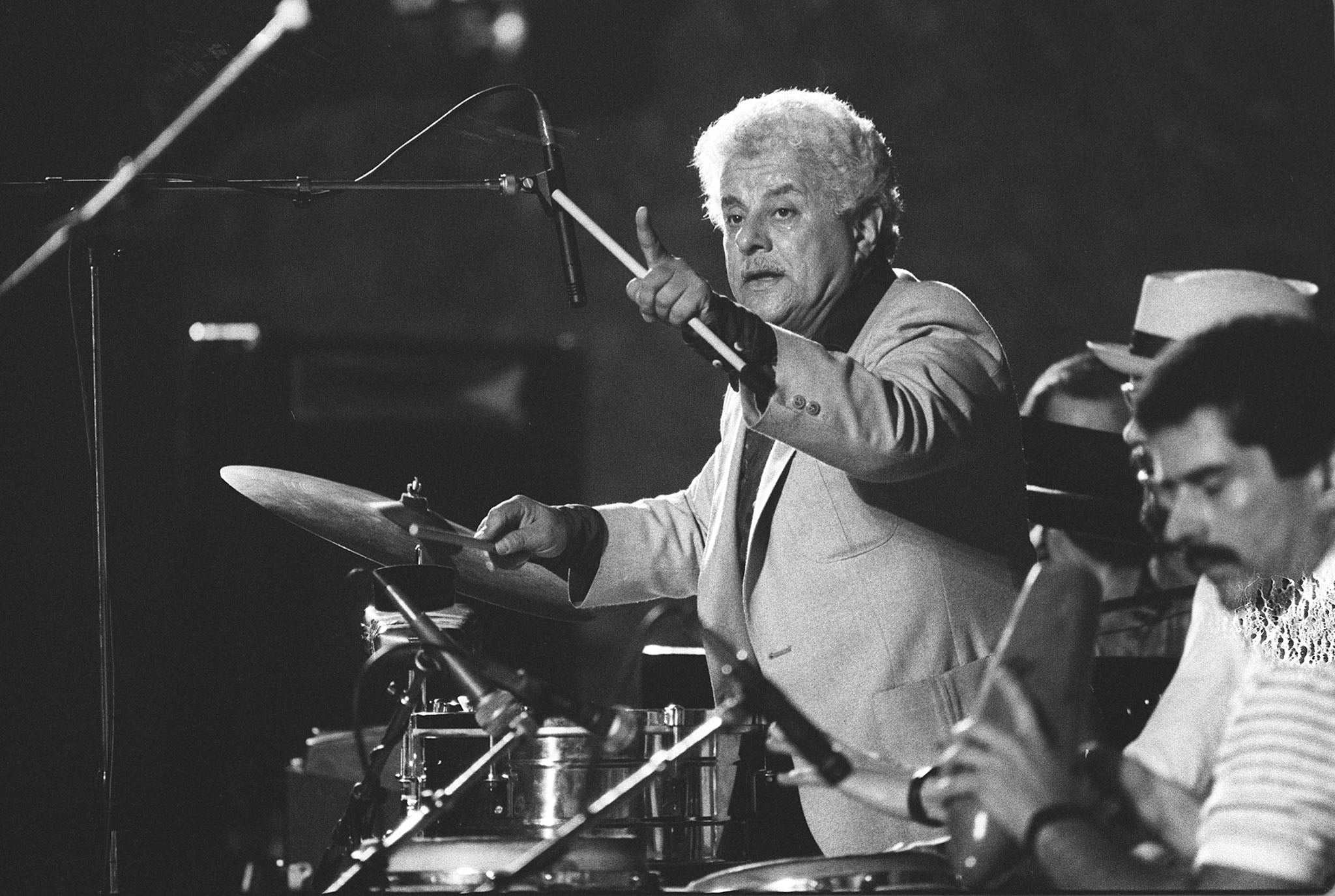Who was Tito Puente? Google Doodle honours musician for Hispanic Heritage Month
The Latin American entertainer popularised mambo in the US
Your support helps us to tell the story
From reproductive rights to climate change to Big Tech, The Independent is on the ground when the story is developing. Whether it's investigating the financials of Elon Musk's pro-Trump PAC or producing our latest documentary, 'The A Word', which shines a light on the American women fighting for reproductive rights, we know how important it is to parse out the facts from the messaging.
At such a critical moment in US history, we need reporters on the ground. Your donation allows us to keep sending journalists to speak to both sides of the story.
The Independent is trusted by Americans across the entire political spectrum. And unlike many other quality news outlets, we choose not to lock Americans out of our reporting and analysis with paywalls. We believe quality journalism should be available to everyone, paid for by those who can afford it.
Your support makes all the difference.A new Google Doodle was unveiled on Tuesday that celebrates the life of the Latin American entertainer Tito Puente in honour of US Hispanic Heritage Month.
Hispanic Heritage Month – which is annually observed in the US from 15 September to 15 October – celebrates the histories, cultures, and contributions of Americans whose roots trace back to Spain, Mexico, the Caribbean, and Central and South America.
Google Doodle has marked the occasion by highlighting the life and legacy of the American “Nuyorican” musician and entertainer.
The animated Google Doodle, which was designed by New York-based Puerto Rican artist Carlos Aponte, shows the “King of Latin music” playing one of his favourite instruments – the drums.
Puente, whose real name is Ernest Antonio Puente Jr, was born on 20 April, 1923. He grew up in New York City’s Spanish Harlem neighbourhood, where he was heavily influenced by the Puerto Rican, Cuban, and big band music surrounding him.
He started drumming in his early teens and mastered more than ten instruments. He even served in the Navy during World War II where he played alto saxophone as the ship’s bandleader.
In 1948, Puente formed his own band called the Tito Puente Orchestra and soon became known for his dance-oriented mambo compositions and his skills on the timbales, or kettledrums. His first hit single, “Ran Kan Kan”, is featured in the background of today’s Google Doodle. He is also known for the song “Oye Como Va”, which was covered by the band Santana in 1970.
Throughout his 50-year career, Tito Puente went on to win six Grammy awards. In addition to his musical achievements, the entertainer also introduced a scholarship fund in 1979 that supported young Latin percussionists for over 20 years.
In 2000, Tito Puente died at the age of 77 after undergoing surgery from a heart attack. After his death, the musician was recognised by the city of New York when they renamed his childhood street, E 110th St, to Tito Puente Way.

The musician was married to his wife Margaret Ascenio from 1963 until his death. His eldest son, Richard Puente, was the percussionist in the 1970s funk band Foxy. His youngest son, Tito Puente Jr, is also a percussionist and his daughter Audrey Puente, is a television meteorologist in New York City.




Join our commenting forum
Join thought-provoking conversations, follow other Independent readers and see their replies
Comments